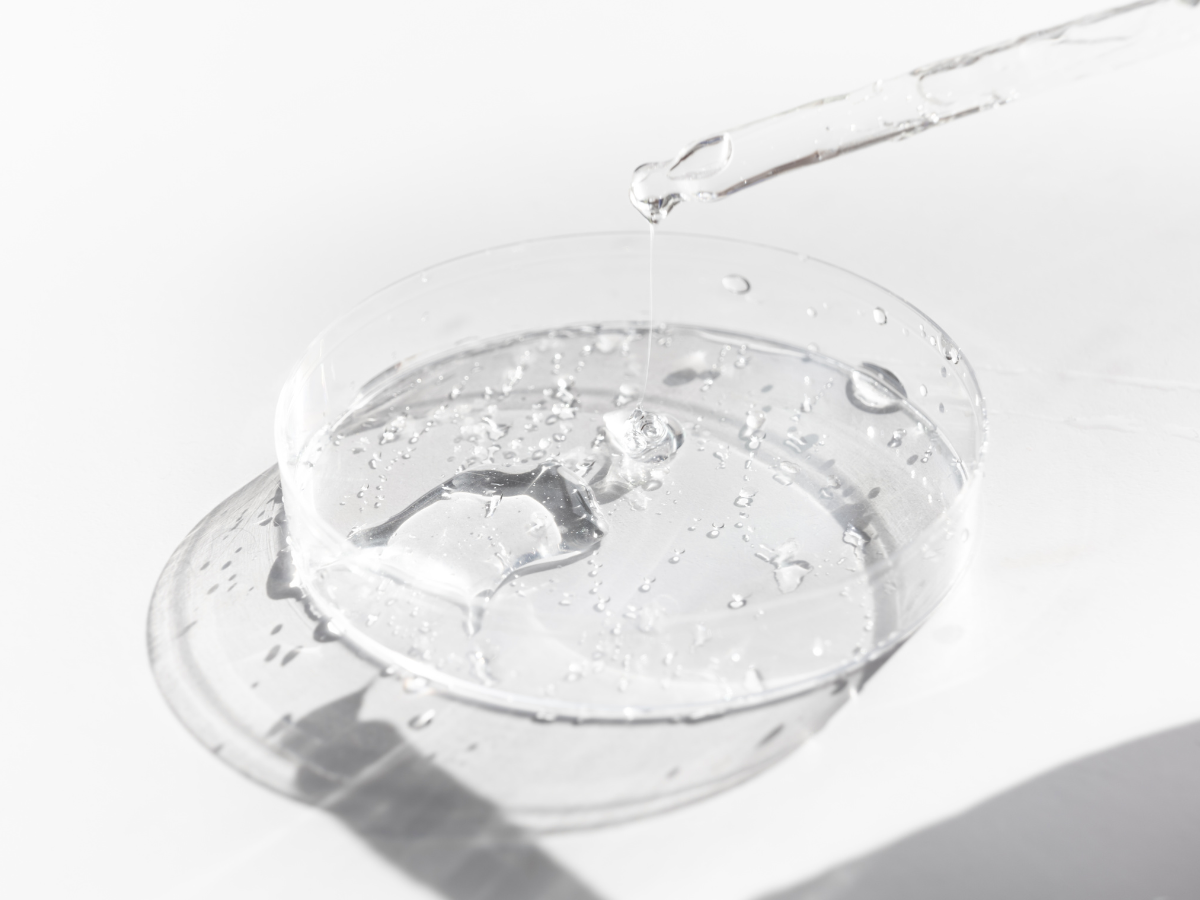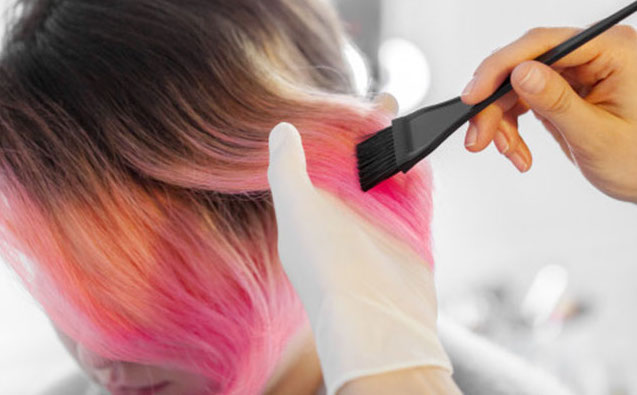When users download and install an app with a medical purpose – diagnose, treat, monitor or prevent a disease – they expect that the software will be safe and work properly. If your mobile health app falls under the EU definition of a medical device, it must bear the CE mark to be placed in the EU market.
PATHWAY TO CE MARKING for Medical Apps and Medical Software
Product life-cycle assessment & risk classification;
Gap analysis of technical documentation and identification of conformity assessment procedures;
Regulatory and Quality Assurance Strategy Report;
Guidance on successful implementation and maintenance of QMS ISO 13485;
Software testing and validation;
Compilation of Technical File/Design Dossier (a technical file must be maintained by the manufacturer, or EU representative if the manufacturer is outside the EU, and be available to the national authorities for inspection and control purposes. The technical file contains all information that is necessary to demonstrate the conformity of the product to the applicable requirements.);
Review of e-labelling and e-IFU;
Identify whether independent assessment of your conformity is required by a Notified Body;
Pass successfully trough NB assessment to obtain a CE Certificate;
Get your CE marking;
Issue a CE Declaration of Conformity;
Appoint an European Authorized Representative (if applicable);
Register with local authorities (if applicable);
Check that no other national requirements exist in the country where the product is to be sold.
You may now place your app in the entire European market.














